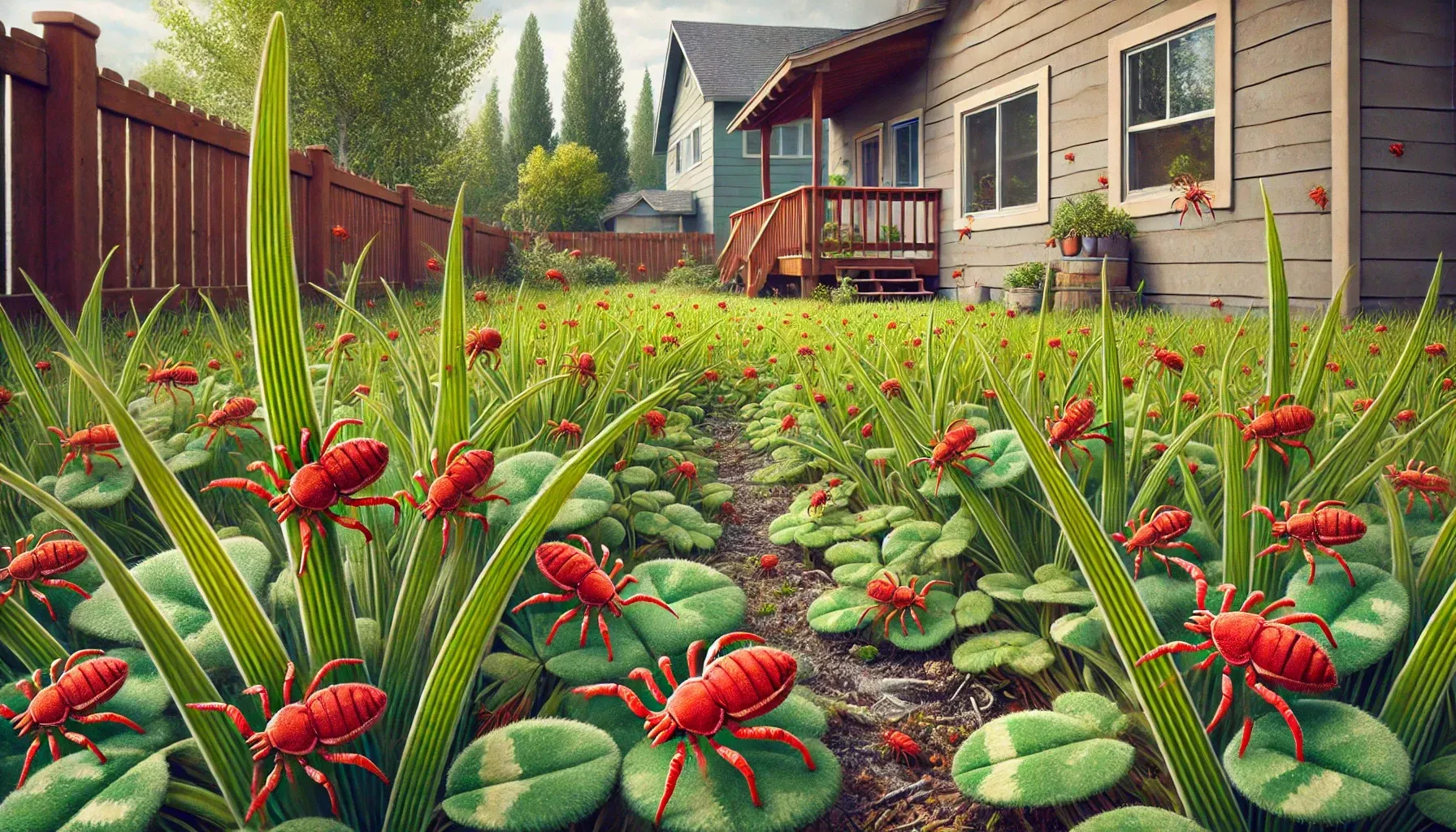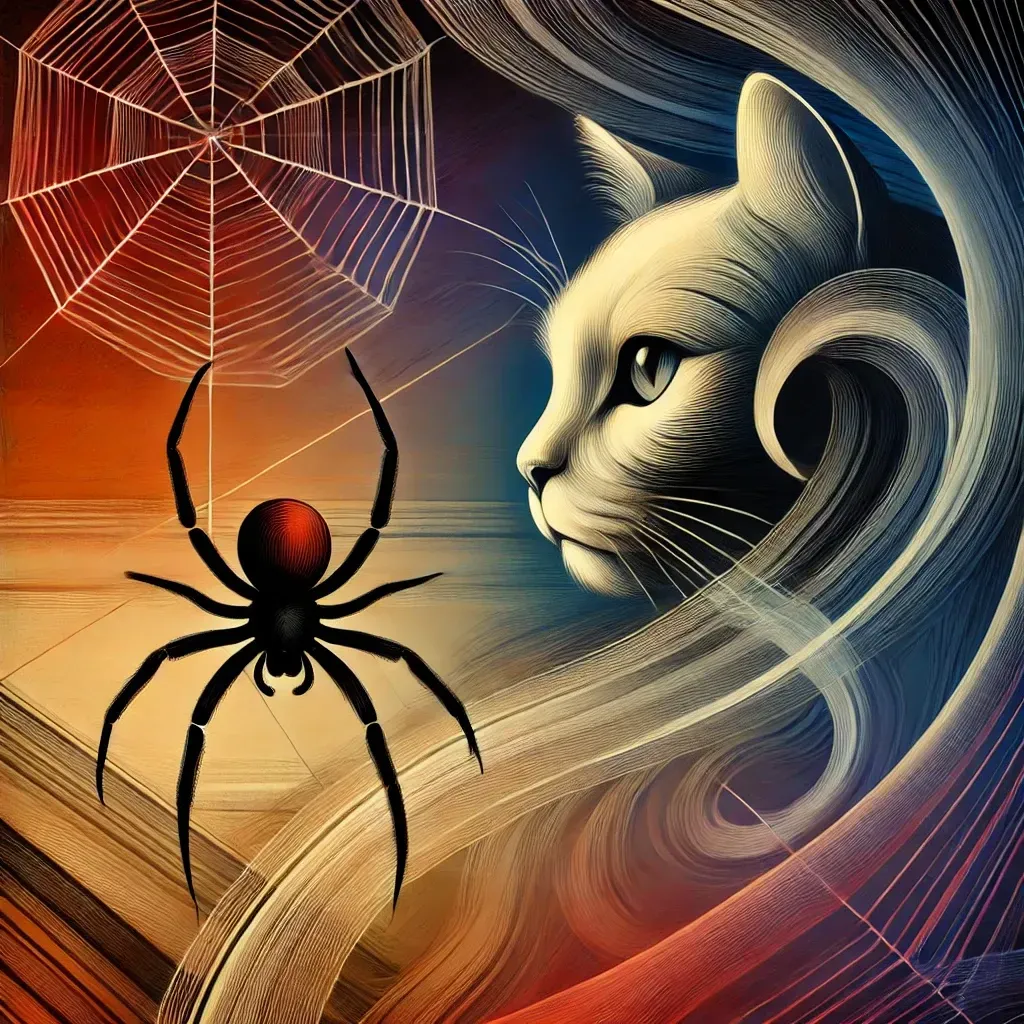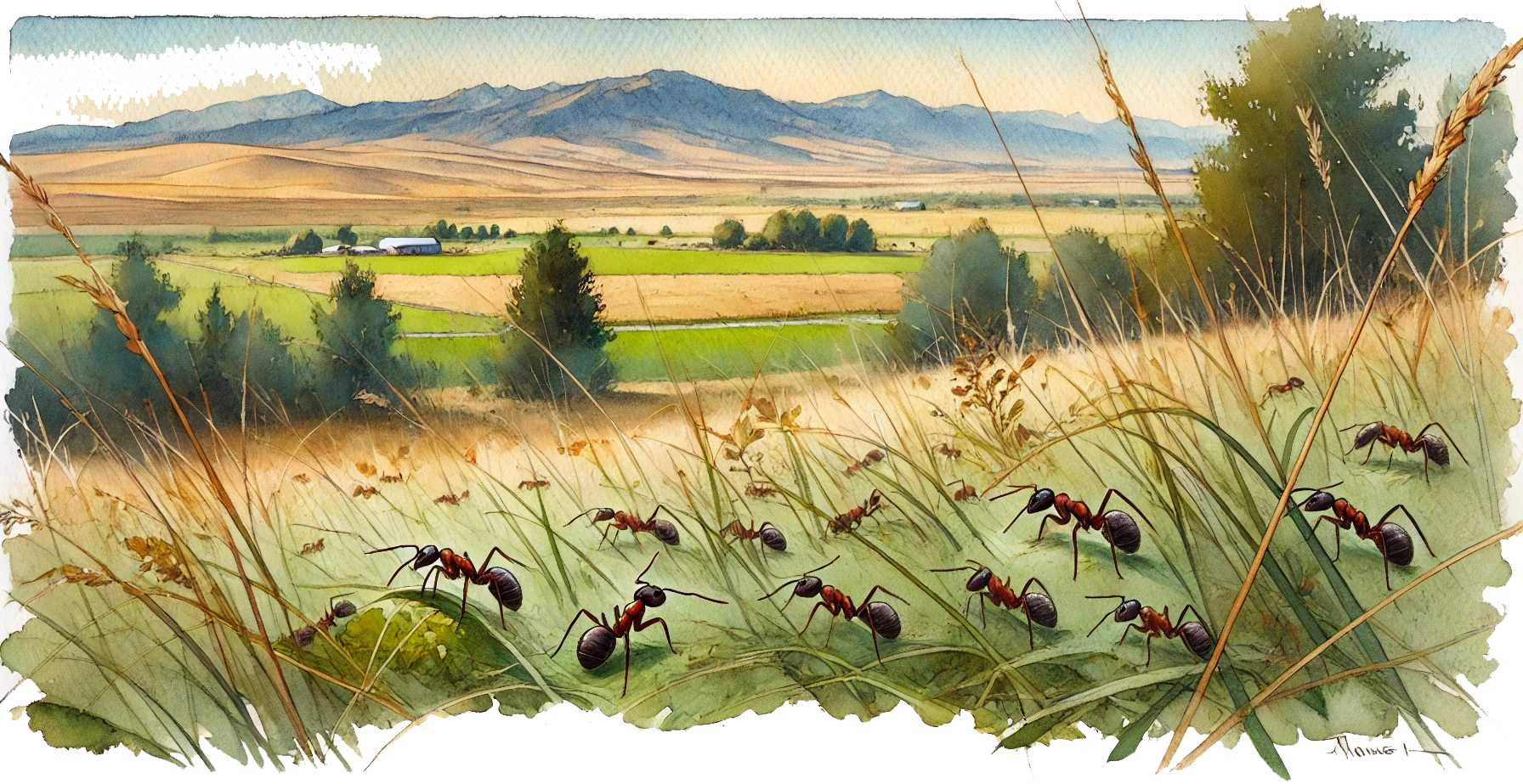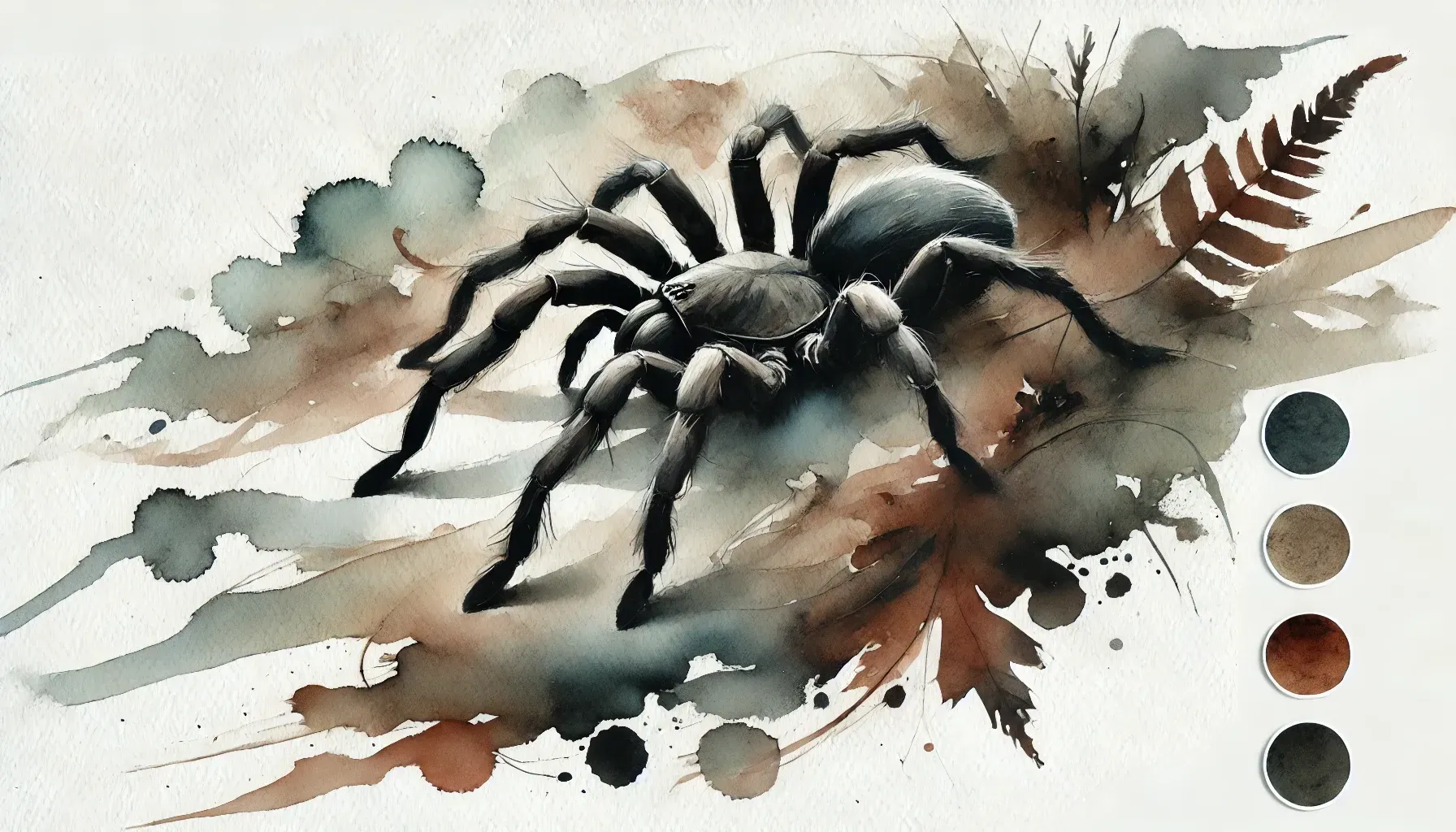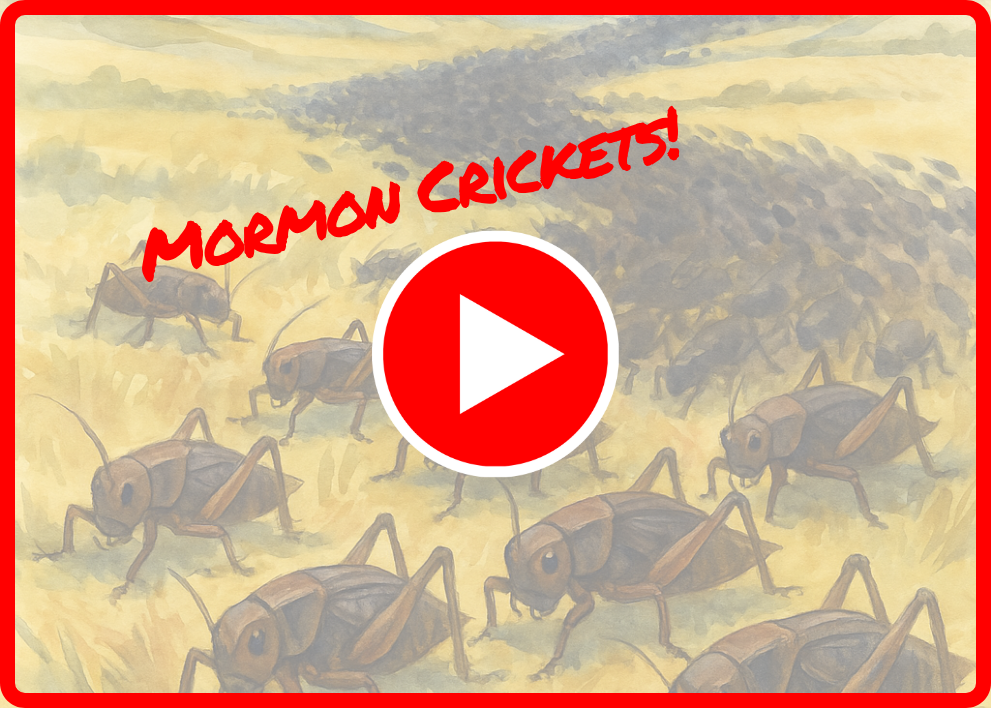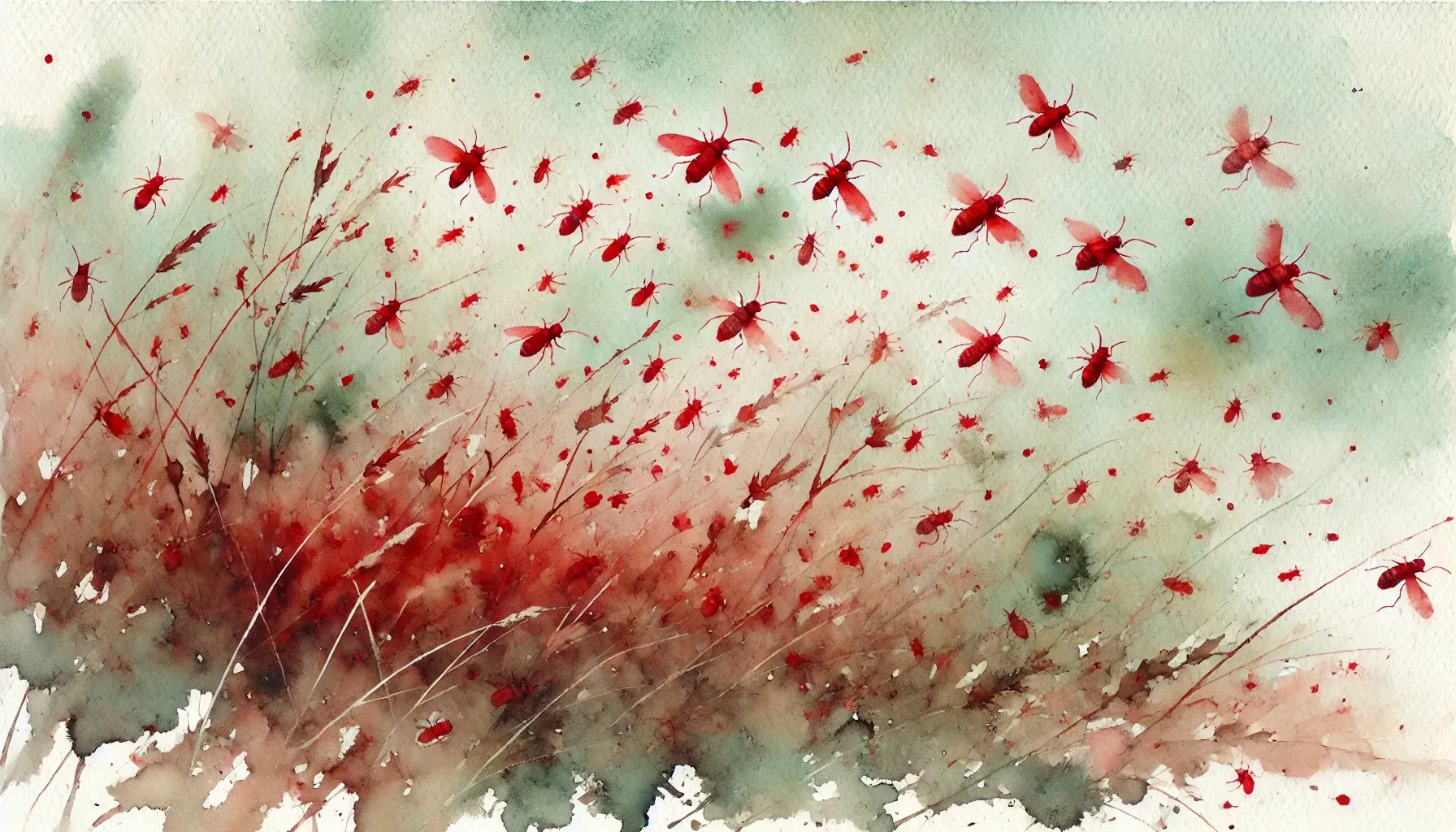Idaho is home to a variety of spider species, and among them, you may encounter white or pale-colored spiders in homes, gardens, and natural environments. These spiders are often harmless, but some species can be easily confused with other, more dangerous arachnids. This article highlights some of the white spider species you may encounter in Idaho, their behaviors, and whether they pose any risks.
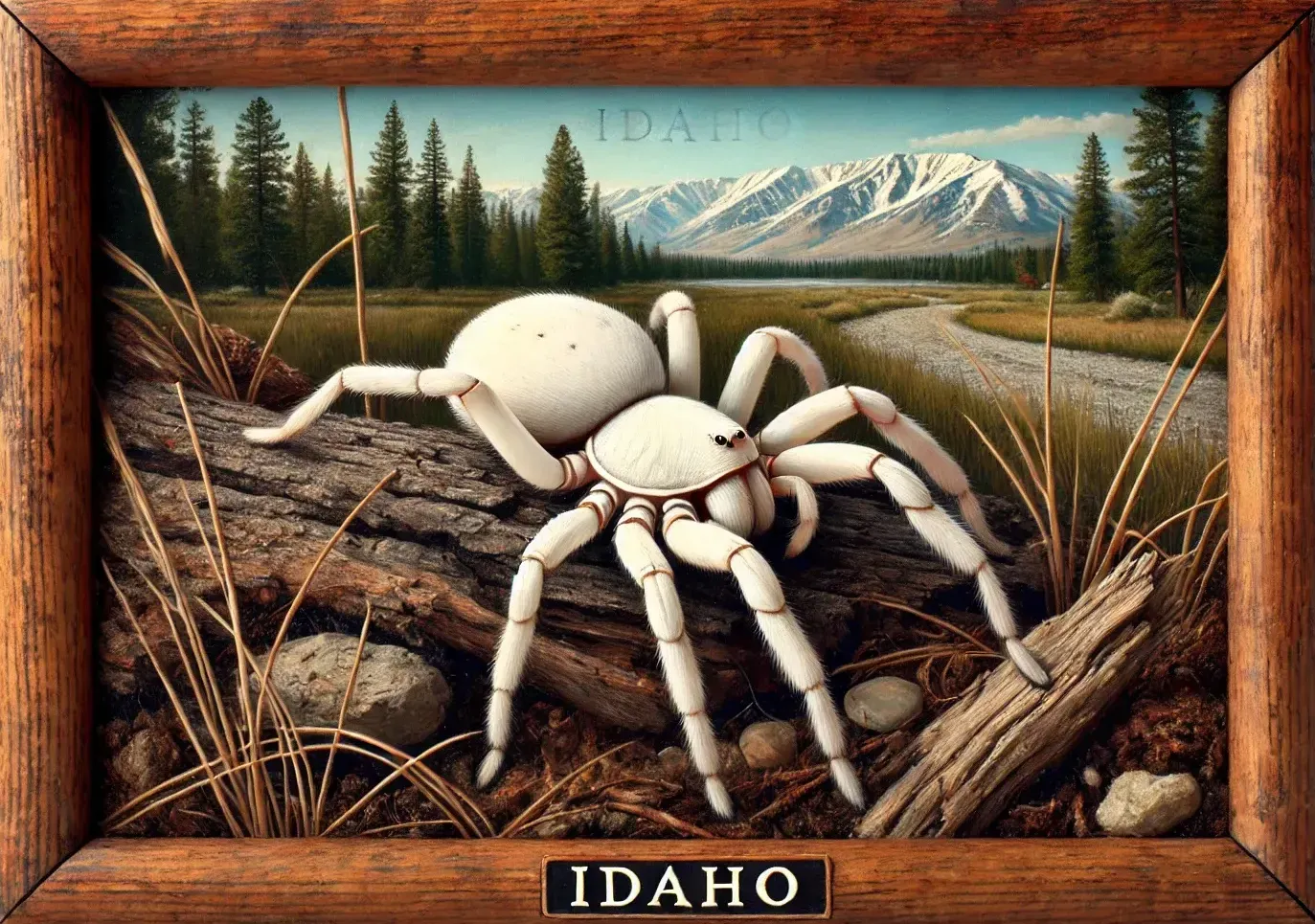
1. Crab Spiders (Family Thomisidae)
Crab spiders, including species like Misumena vatia, are often white or yellow and can change their color to blend in with the flowers they sit on. These spiders are ambush predators, waiting for insects such as bees or butterflies to come close enough for them to catch. They are harmless to humans and play an essential role in controlling insect populations in gardens and natural habitats (Chittka, 2001).
2. Yellow Sac Spiders (Genus Cheiracanthium)
Though typically pale yellow or cream-colored, yellow sac spiders can sometimes appear whitish. These spiders are often found indoors and are known to bite if threatened. While their bites can cause minor pain and irritation, they are not considered medically significant. Most bites heal quickly without the need for medical intervention.
3. Wolf Spiders (Family Lycosidae)
While most wolf spiders are brown or gray, some species in Idaho may have pale or white markings. Wolf spiders are ground-dwelling hunters that do not rely on webs to catch their prey. Although their large size and fast movement may be intimidating, wolf spiders are generally harmless to humans. They are known for their role in pest control, as they prey on insects and other small arthropods (Cobb & Cobb, 2004).
4. Orb-Weaver Spiders (Family Araneidae)
Some species of orb-weaver spiders, like the orchard orb-weaver (Leucauge venusta), are pale or silvery-white in color. These spiders build large, circular webs and are commonly found in gardens, forests, and meadows. They are non-aggressive and beneficial for controlling insect populations, as they feed on various flying insects like mosquitoes and flies (Hall, 2019).
5. The Hobo Spider (Species Tegenaria agrestis)
Though not typically white, the hobo spider can sometimes be misidentified as a white spider due to its pale appearance. Found throughout the Pacific Northwest, including Idaho, the hobo spider has been implicated in some cases of necrotic bites, although this is rare and often misattributed. The majority of hobo spider bites are mild and heal without serious medical consequences (Vetter et al., 2003).
Conclusion
White or pale-colored spiders in Idaho are generally not harmful to humans and play an important role in controlling pest populations. While species like crab spiders and orb-weavers may be a common sight in gardens, they are non-aggressive and beneficial for the environment. If you encounter a white spider in your home or garden, it's likely a helpful predator rather than a threat. However, always exercise caution if you're unsure of the species, and seek professional help if you suspect an infestation or encounter an aggressive spider.
Works Cited
Cobb, L., & Cobb, V. A. (2004). Occurrence of Parasitoid Wasps, Baeus sp. and Gelis sp., in the Egg Sacs of the Wolf Spiders Pardosa moesta and Pardosa sternalis (Araneae, Lycosidae) in Southeastern Idaho. Canadian Field-Naturalist, vol. 118, pp. 122-123. https://www.canadianfieldnaturalist.ca/index.php/cfn/article/view/894.
Hall, D. W. (2019). Orchard Orbweaver, Leucauge argyrobapta (White), Leucauge venusta (Walckenaer). EDIS. https://journals.flvc.org/edis/article/view/108777.
Vetter, R., Roe, A. H., Bennett, R., Baird, C., Royce, L., Lanier, W. T., Antonelli, A., & Cushing, P. E. (2003). Distribution of the Medically-implicated Hobo Spider (Araneae: Agelenidae) and a Benign Congener, Tegenaria duellica, in the United States and Canada. https://academic.oup.com/jme/article/40/2/159/885764?login=false.
Chittka, L. (2001). Camouflage of predatory crab spiders on flowers and the colour perception of bees.
Entomologia Generalis, vol. 25, pp. 181-187.
https://www.schweizerbart.de/papers/entomologia/detail/25/81754/Camouflage_of_Predatory_Crab_Spiders_on_Flowers_an?af=crossref.
Contact Today For $100 Off Your Initial Service!
⭐⭐⭐⭐⭐
Backed by our Bigfoot Guarantee!
What Customers Are Saying:
"Everyone from Bigfoot is awesome. They are always on time. They're extremely thorough. I've not had a single issue in the two years they have been treating our home. Well worth it!"
T. Potter | Meridian, ID
